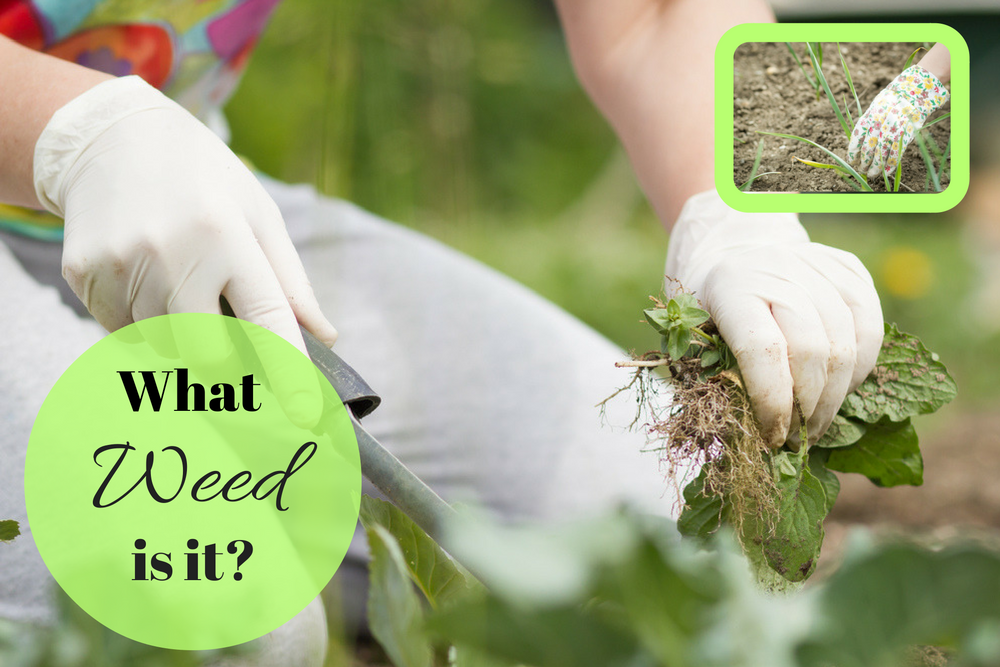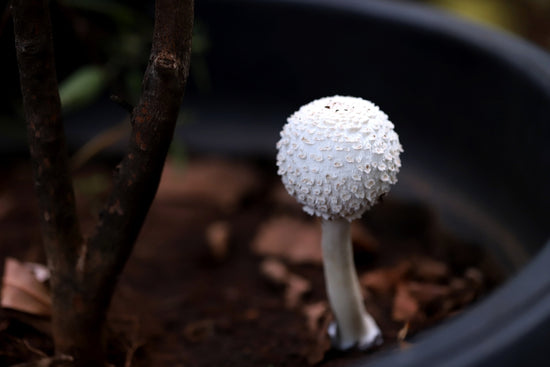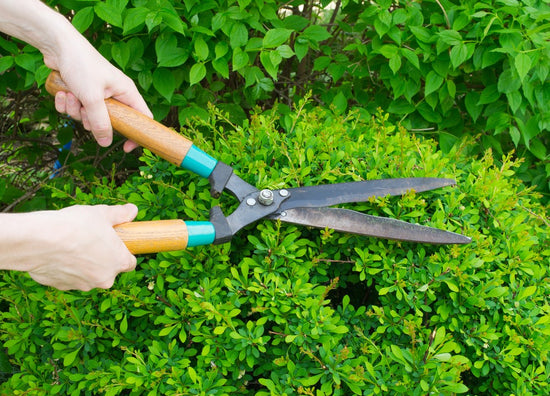
What's more, you've probably already been doing it, and you're doing it right now. That is research! Knowing what weed to take out is as crucial as knowing how to grow your favourite fruits, flowers and vegetables. And that first bit of knowledge comes from being able to identify the most common weeds by name and knowing how soon you need to act to get rid of them.

We're here to help you get up to speed on all the most common weeds. So read on, and you'll be glad that you did some more research!
Carolina Geranium:
An annual winter weed, it's flowers can be anything between white to lavender, and it blooms around April or May. It is also called cranesbill because the fruits have a recognisable beak-like feature. Finally, it's the leaves that will actually give it away. It has deeply lobed and toothed leaves which stand out quite a bit. You may like to read which Winter flowers in India can be grown this season.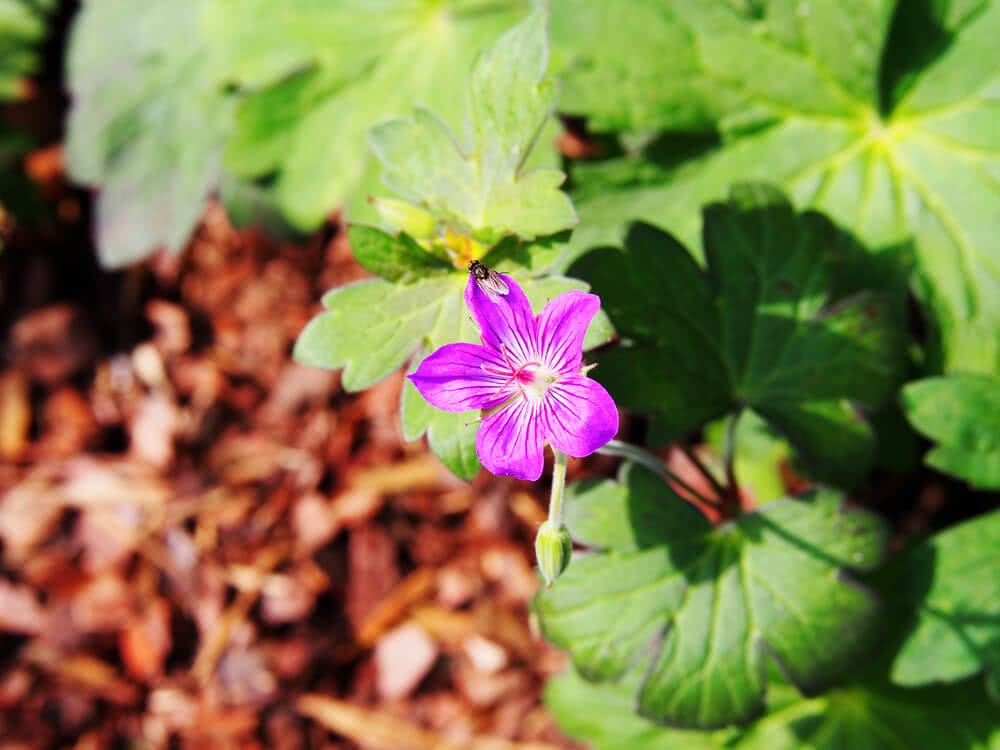
Cudweed:
This is a relatively broadleaved weed with its basal leaves arranged in a circular pattern. While the upper part of the leaf is fairly green and shiny, the bottom is usually white or greyish and covered with hair. If you live near dry or sandy conditions, then it's time to get this out.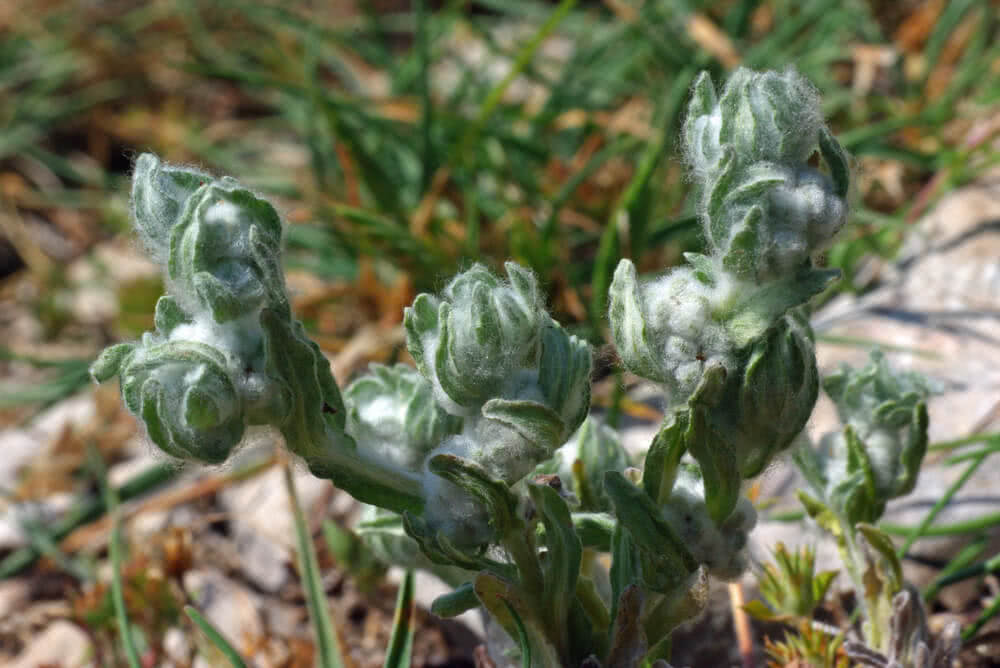
Crabgrass:
If you have some form of a home garden, then you've probably had a run-in with crabgrass. One of the most common weeds on the planet, crabgrass, grows mainly when the conditions are hot and dry. The best way to deal with this pesky and persistent weed is to pull it out by the root, using a spading fork.
Chickweed:
The first thing to know is that there are two types of chickweed; perennials like mouse-ear chickweed and annuals like common chickweed. The good thing is that both of these varieties have shallow roots so removing them with techniques like hoeing or hand-pulling usually proves to be very effective. Just ensure that you get all the plant when you do so.
Morning glory:
White, pentagonal flowers are a trademark of the Morning glory weed. This one is a tricky one to deal with as it has deep horizontal roots that can become a big problem in warmer weather. The best way to get rid of this is to uproot it before it starts to flower because that's when the roots tend to dig deep really.
Quackgrass:
This weed is a creeper and can cover up the entire floor of the garden with thick, straw-colored rhizomes. From this, the plant usually grows out new shoots and expands even more. If you spot this one, then it is definitely time to get your spade out.
Well, if knowledge is power then you now have the (mental) strength to deal with the most common weeds. The general rule is to identify them first and then act quickly so as to prevent spreading.
Happy weeding!

